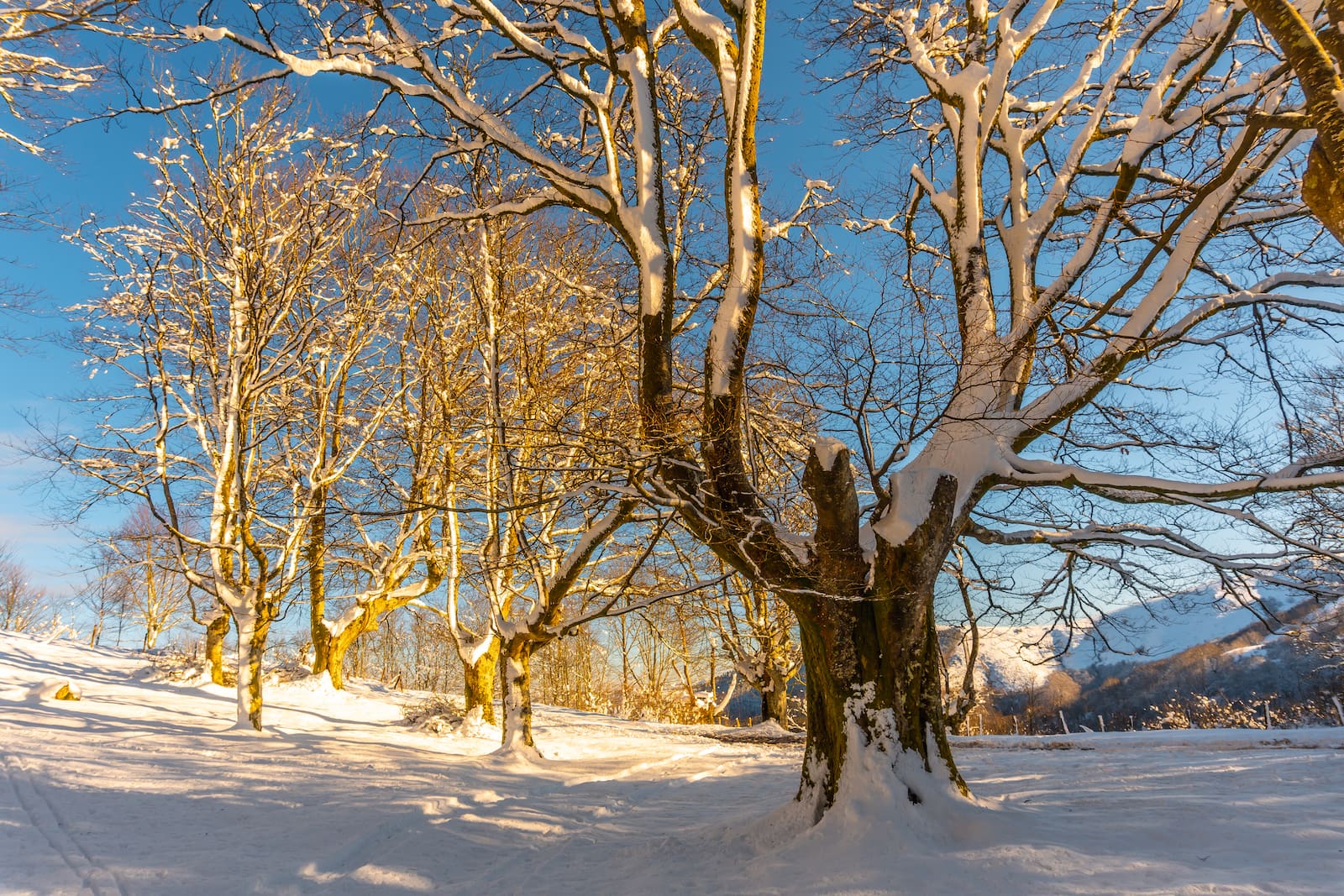As winter approaches, winterizing your power equipment is essential for the cold months ahead.
Proper winterization ensures your tools are ready to perform optimally when you need them and prevents damage caused by freezing temperatures, moisture, and inactivity. This guide will walk you through everything you need to know about winterizing your power equipment.
Why Power Equipment Winterization Matters
Looking for Professional Power Equipment Services?
If you’re looking for professional power equipment services in NJ or DE, check out Pantano Outdoor Supply today! We are a wholesale landscaping and masonry supply store located in New Jersey and Delaware. Our landscape supply store is one of New Jersey’s most extensive, with top-quality selections. So whether you are a contractor, landscaper, builder, or architect, we can recommend the right materials to enhance your masonry project. We offer delivery to your job site or home throughout the tri-state area as well as rental equipment, tools, and accessories to help spread the product. If desired, we provide on-site pickup. Pantano remains committed to providing you with the very best quality masonry supplies available at competitive prices, all in an effort to help you set your company apart from your competition. Our goal is to be your partner in business offering you the goods and services needed for you to operate your business successfully.
We provide a one stop shop for all your landscaping and masonry needs. Pantano is the largest landscaping provider in the United States. We sell a full line of landscape and building stone, have a large supply of mulch and garden products, and offer quality power equipment. Come and visit us today or give us a call at (732) 786-8503.
